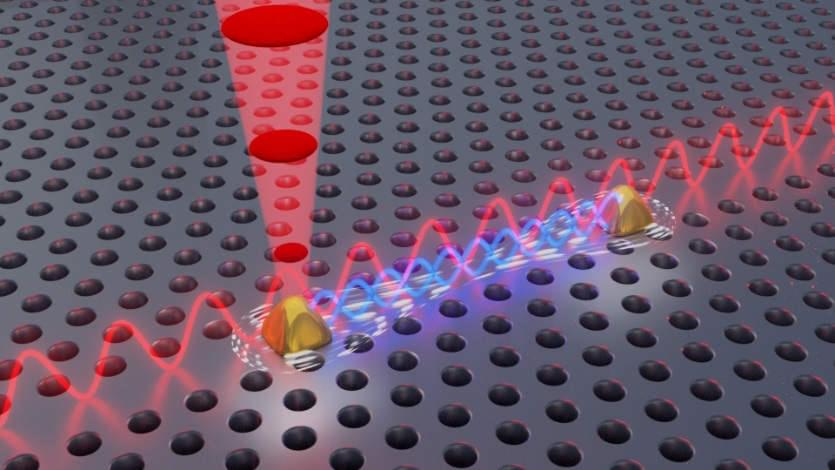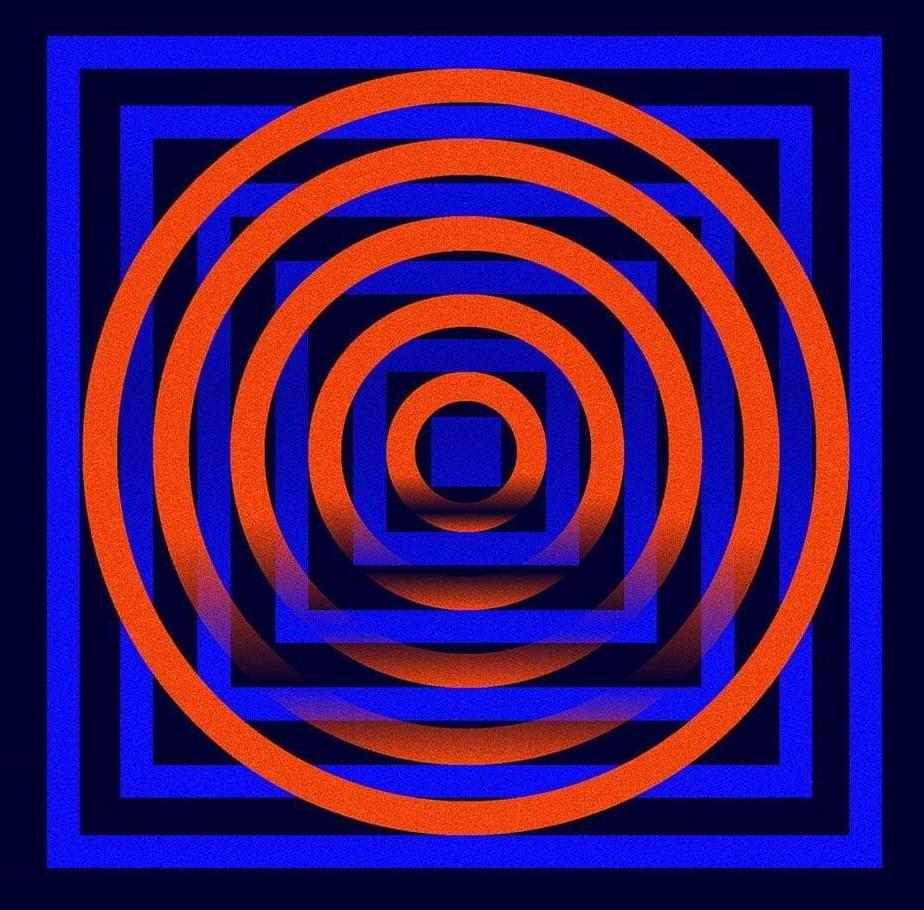For the first time, physicists have achieved quantum mechanical entanglement of two stable light sources.
Called “spooky action at a distance” by Einstein, quantum entanglement is a seemingly magical phenomenon. Entangled particles, for example light particles called “photons”, share a physical state. Changes to the physical state of one particle in an entangled pair instantaneously causes the same change to occur in its partner – no matter how far apart they are separated.
While quantum mechanical theory is clear on the existence of this effect in the universe, creating entangled pairs of particles is no trivial feat.

